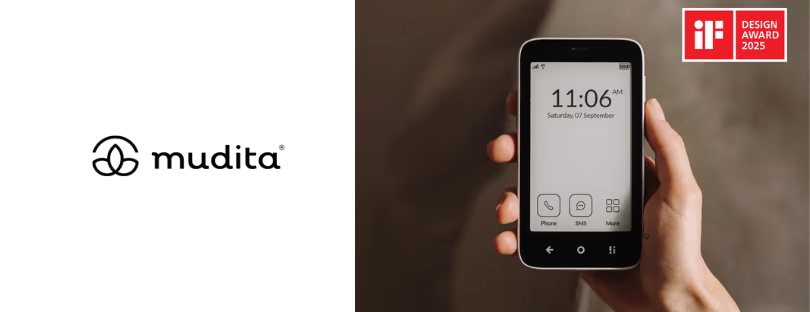
The number of smart homes in Europe and North America will reach 179 million in 2024
According to a new research report from the IoT analyst firm Berg Insight, the number of smart homes in Europe and North America reached 102.6 million in 2020. The most advanced smart home market is North America, with an installed base of 51.2 million smart homes at the end of the year. smarthome
This represents a penetration rate of 35.6 percent. Between 2019 and 2020, the number of smart homes in North America grew by 18.7 percent year-on-year. The strong market growth is expected to continue in the next years. By 2024, Berg Insight estimates that close to 78 million homes in North America will be smart, meaning 53 percent of all homes in the region.
The European market is still behind the North American market in terms of market penetration. There were a total of 51.4 million smart homes in Europe at the end of 2020. The installed base in the region is forecast to exceed 100 million homes at the end of 2024, representing a market penetration of 42 percent. The Covid-19 pandemic has so far had a very limited negative effect on the smart home market in the two regions. While sales in brick-and-mortar stores declined, online sales instead surged. Many people spent more time at home during the pandemic and thus became interested in smart home products that improve their homes.
The most popular smart home products include smart thermostats, smart light bulbs, smart security cameras, smart door locks, smart plugs, and smart speakers. These products, which combined has sold in the hundreds of millions, are marketed by incumbent OEMs such as Signify, Resideo, Danfoss, Belkin, Chamberlain, Kwikset and Assa Abloy and newer entrants such as Ecobee, Sonos, Arlo, Netatmo, IKEA and Wyze Labs. The market for whole-home systems is served by traditional home automation specialists, home security providers, telecom operators and DIY solution providers. On the North American market, interactive home security systems have emerged as the most common type of smart home systems.smarthome
The largest home security providers include ADT, Vivint, and Comcast. In Europe, traditional home automation systems and DIY solutions are more common as whole-home systems. eQ-3, Centrica, Deutsche Telekom and Somfy are estimated to be the largest vendors of whole-home systems in the region.
“While connectivity is starting to become a standard feature in some home product categories, there is still a long way to go before all products in the home are connected and able to speak to each other”, says Martin Backman, Senior Analyst at Berg Insight.
The market opportunity and growth potential in the smart home market are still enormous. Products and systems related to security and energy management have so far been the most successful as they provide a clear value for consumers.
“Vendors of smart home products in other segments need to develop solutions where connectivity offers time savings, cost savings or other benefits that consumers are willing to pay a premium for”, concludes Mr. Backman.
Participants in the smart home industry are now focusing increasingly on the software side of the solutions to develop compelling use cases. Ease of installation, integration with other IoT devices and security will remain key priorities for consumers.
smarthome







